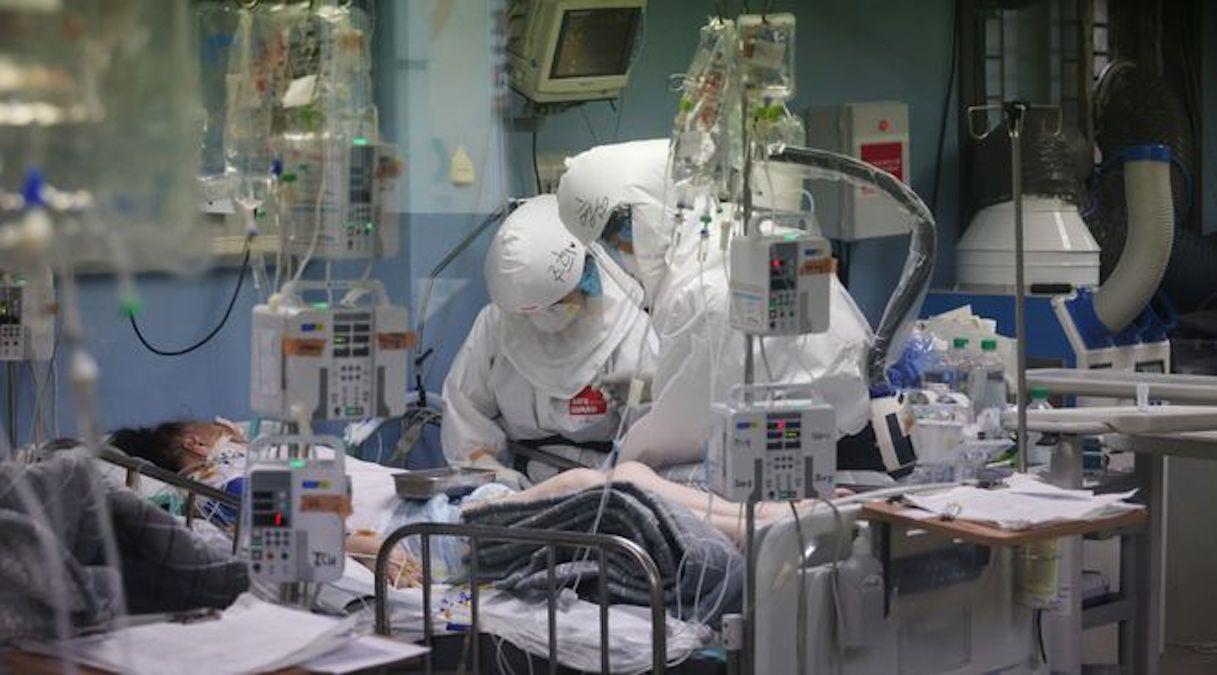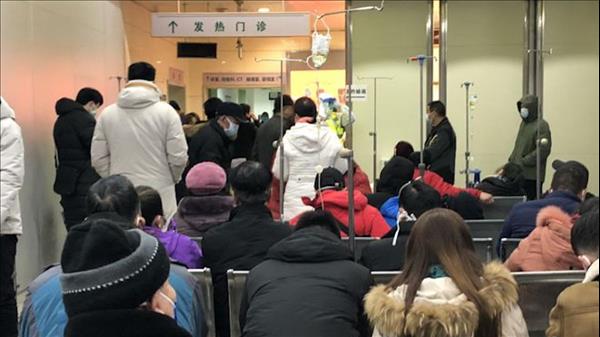
Why Has China Stopped Reporting Covid Numbers?
Citing significant declines in the number of people getting fever, many Chinese cities and provinces have said over the past few days that they have already passed the peak of Covid-19 virus transmission. On the other hand, hospitals are seeing more and more serious cases.
The usual mix of good news and bad news? If so, why has the country not announced Covid-19 figures since Monday?
Its silence has been noticed. The World Health Organization (WHO) said on Wednesday that China should disclose more Covid data, including the number of serious cases and deaths and information about the strains circulating including possible new mutations of the virus. It said China had seriously underreported the number of death cases so far.
Since the pandemic broke out in Wuhan in early 2020, the Chinese Center for Disease Control and Prevention (China CDC) has labeled Covid-19 as a Category B infectious disease but managed it under Category A protocols, alongside plague and cholera.
Under this definition, Beijing required local governments to stick to the country's“zero-Covid” policy for almost three years. It announced the relaxation of Covid rules on December 7 and officially started managing Covid-19 as a Category B infectious disease on January 8.
And, the next day, Monday the 9th, the Chinese government stopped disclosing its Covid-19 figures.
Foreign ministry spokesperson Wang Wenbin did not address that fact directly when he gave the government's side on Thursday, saying that China had been sharing relevant information and data in a timely, open and transparent manner in accordance with the law.
“As the Covid situation continues to evolve, we will continue to have technical exchanges and deepen cooperation with the WHO and the rest of the international community,” said Wang.“We hope that the WHO will look at China's Covid response scientifically and rationally and that its related statements will reflect objectivity and impartiality.”
Some commentators said in the short term it's unlikely that China would officially disclose the real figures of serious and death cases as the matter is politically sensitive, especially before the annual meeting of the National People's Congress in early March.
Many of those who lost their family members or friends in this epidemic wave are frustrated, feeling that the government did not prepare well enough for the country's reopening from zero-Covid restrictions and lockdowns.
According to the CDC, a total of 14,171 Covid cases were reported with three patients dead on Sunday, compared with 7,074 infections and two deaths on January 8. The number of new serious cases increased to 1,147 on January 9 from 540 the previous day.
Health officials have previously said that only those who were directly killed by the coronavirus, instead of other chronic diseases, would be counted as Covid death cases.
Until now, it has remained unclear how many people have been infected in China. An internal document of the China CDC reported in the press said about 248 million people were infected by the coronavirus between December 1 and 20.
Zeng Guang, the former chief scientist and doctoral supervisor at the China CDC, estimated that 600 million people, or about 40% of the country's population, could have been infected as of December 29.
On January 8, Jiao Yahui, director of the Bureau of Medical Administration of the National Health Commission, said that, after the number of people who sought treatment in fever clinics peaked in mid-December, the number of emergency cases peaked in late December and early this month. She said the number of serious cases would also reach its peak very soon.
Jiao revealed that about 8% of all omicron patients in China showed pneumonia symptoms. As China has a huge population, she said, the absolute number of Covid patients with pneumonia is large. She added that most of these patients could recover.
She said many smaller cities and rural regions were now seeing a peak of virus transmission and would probably see more emergency and serious cases around the Spring Festival on January 22.
A columnist said the 8% figure was only an average number as the percentage of elderly Covid patients who got pneumonia should be much higher.

China has stopped disclosing Covid data from January 9, 2023. Photo: Weibo
Some Chinese media tried to draw a bigger picture with provincial figures.
Li Yingchuan, a member of the official expert team in Shanghai, was quoted in an article published by the People's Daily on January 11 as saying that the number of emergency cases in Shanghai had peaked on January 6 but the number of serious cases keeps growing.
Li said Shanghai's medical system would face a real challenge this coming week.
Ren Xiangjuan, director of the emergency department of Chengdu Number 6 People's Hospital, said the hospital had received about more than 500 patients per day before January 4 but the number had been declining since then. Ren said about 10% of the hospital's 330 new patients reported on January 6 were serious cases.
The People's Daily article said the number of beds in key hospitals in Henan, which claimed to have 89% of its 99 million people infected, rose to 545,119 on January 7 from 393,301 on December 10. The number of ICU beds in the province increased to 21,771 from 13,635 for the same period.
Li Pan, deputy director of the Chongqing Health Commission, said the daily number of people who sought treatment in hospitals and fever clinics fell from 49,000 on December 20 to about 7,000 on January 3. Li said the figures showed that the municipal city had passed the peak of virus transmission.
He said there are 5,168 ICU beds and 5,174 ventilators in the key hospitals in Chongqing, which has a 33 million population.
Wang Renyuan, director of the Zhejiang Health Commission, said in a media briefing on Thursday that 90% of the Covid patients in hospitals were above 60. Wang said the province was in a critical stage in the current epidemic wave.
An article said the coronavirus had spread to the rural areas in Anhui, Hunan, Shanxi, Chongqing and Shandong last month. It said people in some villages did not have enough medicines and testing kits.
read: 40% of chinese infected with covid in last month
Follow Jeff Pao on Twitter at @jeffpao3

Legal Disclaimer:
MENAFN provides the information “as is” without warranty of any kind. We do not accept any responsibility or liability for the accuracy, content, images, videos, licenses, completeness, legality, or reliability of the information contained in this article. If you have any complaints or copyright issues related to this article, kindly contact the provider above.






















Comments
No comment